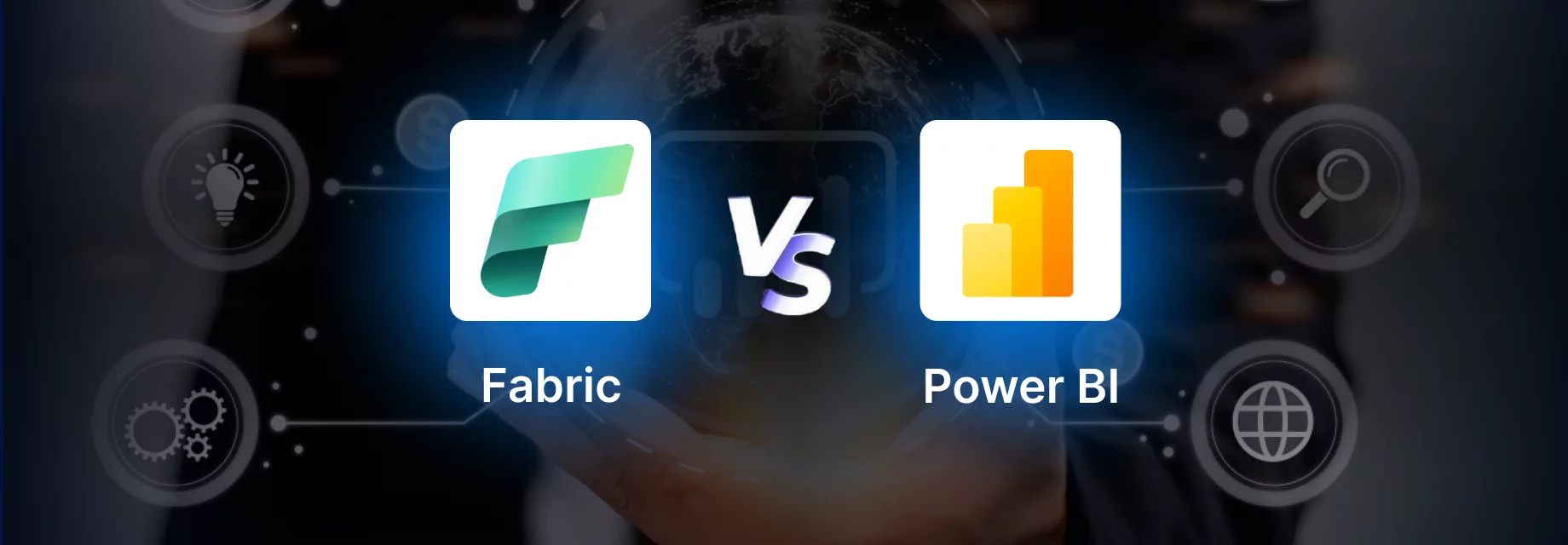In today’s fast-paced existence, prioritizing physical fitness and upholding a wholesome lifestyle has ascended to the zenith of countless individuals’ agendas. Fitness applications have emerged as a convenient and effective solution, aiding people in accomplishing their health aspirations. One particularly renowned fitness app hailed as HealthifyMe.
Market Statistics
Post-pandemic, mobile fitness and workout apps recorded an increase of 84 percent. A recent statistic from Airship indicated that more people in the United States, United Kingdom, and France are downloading mobile apps to support their health.
Source: Airship
With the demand for fitness apps spiraling ever higher, entrepreneurs and businesses are increasingly captivated by the prospect of fashioning their very own fitness apps.
However, venturing into such an odyssey necessitates a profound understanding of the financial implications entwined within. Developing a fitness app mandates meticulous plotting, the acquisition of a dedicated development team, and the channeling of monetary resources.
In this blog, we take a look at some of the aspects needed to build a fitness-related app and business.
The Rising Demand for Fitness Apps
The fitness industry has experienced a significant digital transformation in recent years, and fitness apps have played a pivotal role in this revolution. These apps offer users a range of benefits, including:
-
Personalized Fitness Tracking:
Fitness apps like HealthifyMe allow users to track their daily activities, such as steps taken, calories burned, and heart rate, providing them with valuable insights into their fitness progress.
-
Customized Workouts:
With fitness apps, users can access various workout routines tailored to their fitness levels and specific goals. These apps often provide instructional videos and step-by-step guides to ensure proper form and technique.
-
Nutrition and Diet Management:
Many fitness apps offer features that allow users to track their calorie intake, monitor macronutrients, and receive personalized meal plans based on their dietary preferences.
-
Goal Setting and Motivation:
Fitness apps provide users with the ability to set goals and track their progress, fostering motivation and accountability along their fitness journey.
Common Features in a Health and Fitness App
- User Registration and Login
- Personalized User Profiles
- Goal Tracking and Progress Monitoring
- Calorie and Nutrient Tracking
- Exercise Routines and Workout Plans
- Integration with Wearables and Fitness Trackers
- AI-based Recommendations and Insights
- Social Networking Features
- Push Notifications and Reminders
Factors Influencing the Cost of Building a Fitness App
When it comes to building a fitness app like HealthifyMe, several factors come into play that can influence the overall cost. It is essential to understand these factors to make informed decisions and allocate resources effectively. Let’s explore the key considerations that impact the fitness app development cost:
1. App Platform and Development Approach
iOS, Android, or Cross-platform: Decide whether you want to develop a native app for iOS or Android or opt for cross-platform development. Each platform has its advantages and considerations, including cost and market reach.
2. Great App User Experience (UX/UI)
- Importance of UI: An aesthetically pleasing and user-friendly interface enhances the overall user experience.
- Having a professional UI/UX designer build the workflow ensures the app’s visual elements align with industry standards and user expectations.

Image credits: Behance.net
3. Features & Functionality
- Key Features: It’s important to identify the essential features commonly found in fitness apps like HealthifyMe. These may include activity tracking, workout plans, calorie counting, progress tracking, social sharing, and more.
- Complexity and Number of Features: The complexity and number of features directly impact the development cost. More intricate features or a higher quantity of features may require additional development time and resources.
4. Integration with External Services
Integrating external services can enhance the functionality of your fitness app.
- Fitness Trackers and Wearables: Integrating fitness trackers or wearables allows users to synchronize their data with the app, providing accurate and real-time information.
- Nutrition Databases: Integrating nutrition databases enables users to access a vast repository of food items and their nutritional information, enhancing their diet-tracking experience.
- Third-Party APIs: Integrating third-party APIs for services like payment gateways or social media sharing can provide added functionality.
5. Backend Development and Infrastructure
A robust backend is essential for a smooth and secure app experience.
- Backend Infrastructure: Building a scalable and secure backend infrastructure is vital to handle user data, app logic, and server requirements.
- Database Management: Implementing an efficient database management system ensures seamless data storage and retrieval.
- Server Infrastructure: Consider the cost of server hosting, maintenance, and data storage requirements.
How can Intelegain help build a similar app like Healthifyme?
Building a fitness and health app similar to HealthifyMe requires careful planning and execution.
Here are the key steps involved in the app development process:
- Define Your App’s Concept, Goals, and Target Audience
- Conduct Market Research and Competitor Analysis and your USP
- Outline Features and Functionalities
- Building a great User Experience (UX/UI)
- Choose the right Technology Stack
- Front End & Back End Development of the application along with Core Features of the Application
- Identify and Integrate Third-party APIs like nutrition databases, fitness equipment data, payment gateways, location services, or wearable device connectivity
- Perform Rigorous Testing to identify and fix any bugs or usability issues.
- Deploy and Launch on respective iOS & Android Stores.
Frequently Asked Questions (FAQs)
To help summarise decision-making, here are some FAQs;
What is the average cost to build a fitness app like HealthifyMe?
The cost of building a fitness app like HealthifyMe can vary depending on various factors, including the app’s complexity, desired features, development approach, and the development team’s rates. On average, the cost can range from $50,000 to $200,000 as you scale over time. It’s important to note that these figures are estimates, and the actual cost will be determined by your specific requirements. However, if you build an MVP, it may cost anywhere between $15-20,000.
Are there any ongoing costs associated with maintaining a fitness app?
Yes, there are ongoing costs associated with maintaining a fitness app. These costs can include hosting fees, server maintenance, regular updates to ensure compatibility with new operating system versions, bug fixes, security enhancements, and customer support. It’s crucial to factor in these costs when budgeting for the long-term sustainability of your fitness app.
Can I start with a basic version (MVP) and add features later to reduce the initial cost?
Yes, it is possible to start with a basic version of your fitness app and gradually add features in future updates. This approach, known as the Minimum Viable Product (MVP) strategy, allows you to launch the app with essential features, gather user feedback, and then prioritize and implement additional features based on user needs and budget availability. It can help reduce the initial development cost and provide flexibility for future enhancements.
How long does it typically take to develop a fitness app?
The development timeline for a fitness app can vary depending on factors such as app complexity, features, design requirements, and the development team’s size and expertise. On average, it can take anywhere from three months for an MVP or between 5-8 months or more to develop a fitness app. It’s important to allocate sufficient time for planning, design, development, testing, and iterations to ensure a high-quality app.
What are some cost-saving tips when building a fitness app?
Building a fitness app while optimizing costs is crucial. Consider the following cost-saving tips:
- Prioritize Features: Identify the must-have features for the initial version of your app and focus on developing those first. Additional features can be added in future updates.
- Cross-Platform Development: Opt for cross-platform development frameworks like React Native or Flutter to build the app for multiple platforms, reducing development time and cost.
- Efficient Resource Allocation: Carefully manage resources and optimize the development process by utilizing agile methodologies and effective project management techniques.
- Outsource Wisely: Consider outsourcing certain development tasks to skilled and cost-effective professionals or development agencies, especially for non-core functionalities.
Develop an app like HealthifyMe with Intelegain
Building a fitness app like HealthifyMe requires careful consideration of several factors that influence its cost. These factors include the chosen platform, app design, features, integration with external services, and backend development.
Intelegain has worked with startups and enterprises like Pfizer, Danox Healthcare, Yashraj Biotech, Reework Nutrascience, and others. You can check out the portfolio section to know the type of projects the company has dealt with.
Hire a mobile app development company in India like Intelegain to get the most out of your investment and build an app that has the potential to succeed in a competitive market.











